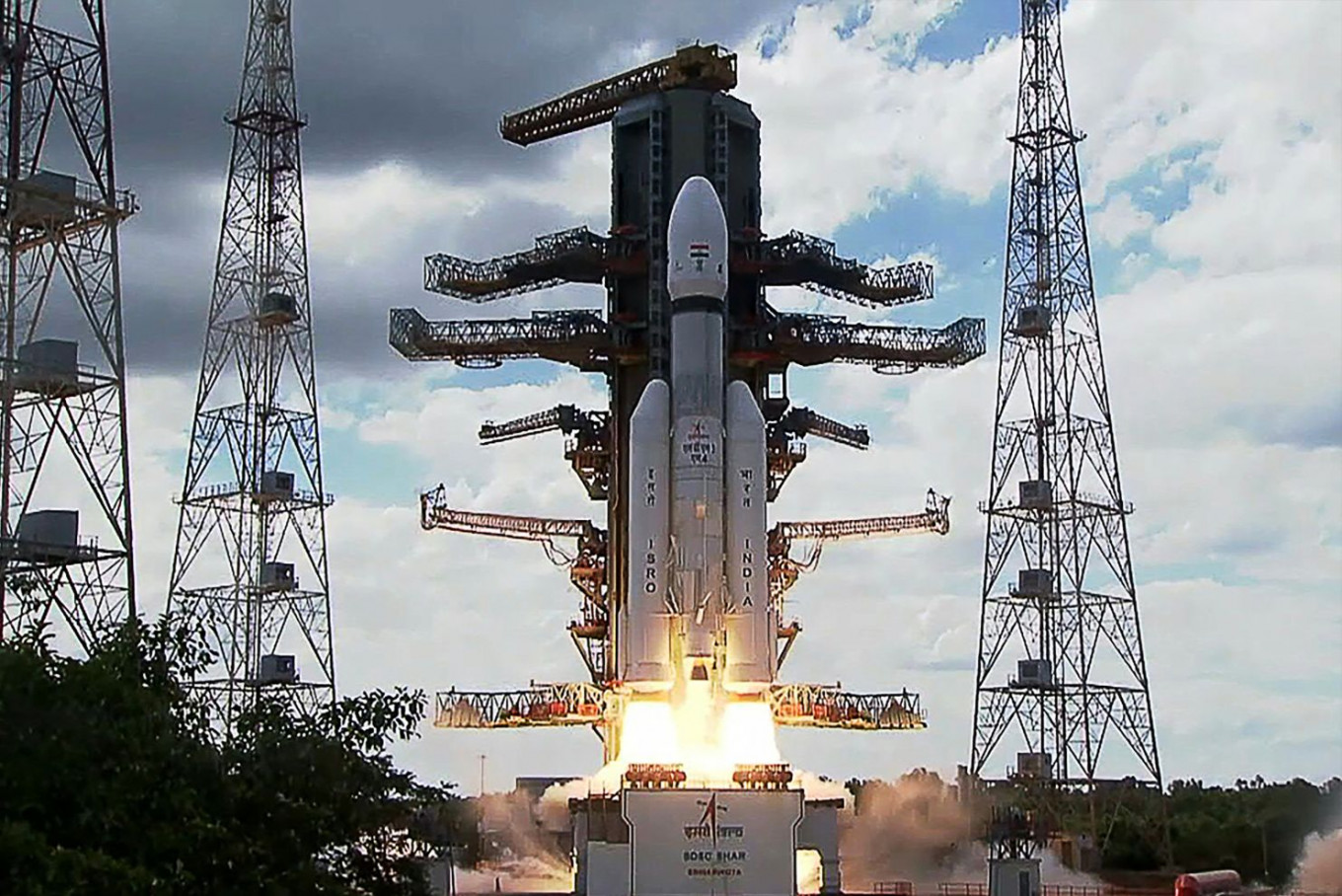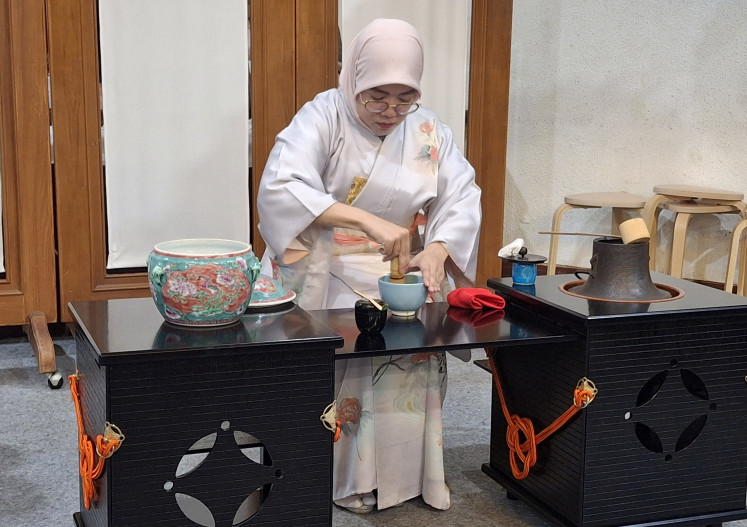Popular Reads
Top Results
Can't find what you're looking for?
View all search resultsPopular Reads
Top Results
Can't find what you're looking for?
View all search resultsFrom the Moon to the Sun: India readies next space mission
If successful, the latest mission from the Indian Space Research Organisation (ISRO) will be the first by any Asian nation to be placed in solar orbit.
Change text size
Gift Premium Articles
to Anyone
 This screen grab made from video footage from ISRO via AFPTV taken on July 14, 2023, shows an Indian Space Research Organization (ISRO) rocket carrying the Chandrayaan-3 spacecraft lifting off from the Satish Dhawan Space Centre in Sriharikota, an island off the coast of southern Andhra Pradesh state. India on July 14, 2023, launched a rocket seeking to land an unmanned spacecraft on the surface of the Moon, a live feed showed, its second attempt to become only the fourth country to do so. (AFP/AFPTV/ISRO)
This screen grab made from video footage from ISRO via AFPTV taken on July 14, 2023, shows an Indian Space Research Organization (ISRO) rocket carrying the Chandrayaan-3 spacecraft lifting off from the Satish Dhawan Space Centre in Sriharikota, an island off the coast of southern Andhra Pradesh state. India on July 14, 2023, launched a rocket seeking to land an unmanned spacecraft on the surface of the Moon, a live feed showed, its second attempt to become only the fourth country to do so. (AFP/AFPTV/ISRO)
I
ndia's space agency takes aim at another milestone Saturday with the launch of a probe to study the Sun, a week after its successful unmanned landing on the Moon.
Aditya-L1 will carry scientific instruments to observe the Sun's outermost layers, blasting off at 11:50 a.m. (0620 GMT) for its four-month journey.
The United States and the European Space Agency (ESA) have sent numerous probes to the center of the solar system, beginning with NASA's Pioneer program in the 1960s.
But if successful, the latest mission from the Indian Space Research Organisation (ISRO) will be the first by any Asian nation to be placed in solar orbit.
"It's a challenging mission for India," astrophysicist Somak Raychaudhury told broadcaster NDTV on Friday.
Raychaudhury said the mission probe would study coronal mass ejections, a periodic phenomenon that sees huge discharges of plasma and magnetic energy from the Sun's atmosphere.
These bursts are so powerful they can reach the Earth and potentially disrupt the operations of satellites.
Aditya will help predict the phenomenon "and alert everybody so that satellites can shut down their power", he said.
"It will also help us understand how these things happen, and in the future, we might not need a warning system out there."
Aditya, the name of the Hindu Sun deity, will travel 1.5 million kilometers to reach its destination.
It is travelling on the ISRO-designed, 320-tonne PSLV XL rocket that has been a mainstay of the Indian space program, powering earlier launches to the Moon and Mars.
The mission also aims to shed light on the dynamics of several other solar phenomena by imaging and measuring particles in the Sun's upper atmosphere.
Budget program
India has been steadily matching the achievements of established spacefaring powers at a fraction of their cost.
The South Asian nation has a comparatively low-budget space program, but one that has grown considerably in size and momentum since it first sent a probe to orbit the Moon in 2008.
Experts say India can keep costs low by copying and adapting existing technology, and thanks to an abundance of highly skilled engineers who earn a fraction of their foreign counterparts' wages.
Last month's successful landing on the lunar surface, a feat previously achieved only by Russia, the United States and China, cost less than $75 million.
The touchdown was widely celebrated by the public, with prayer rituals to wish for the mission's success and schoolchildren following its final descent from live broadcasts in classrooms.
India became the first Asian nation to put a craft into orbit around Mars in 2014 and is slated to launch a three-day crewed mission into the Earth's orbit by next year.
It also plans a joint mission with Japan to send another probe to the Moon by 2025 and an orbital mission to Venus within the next two years.










